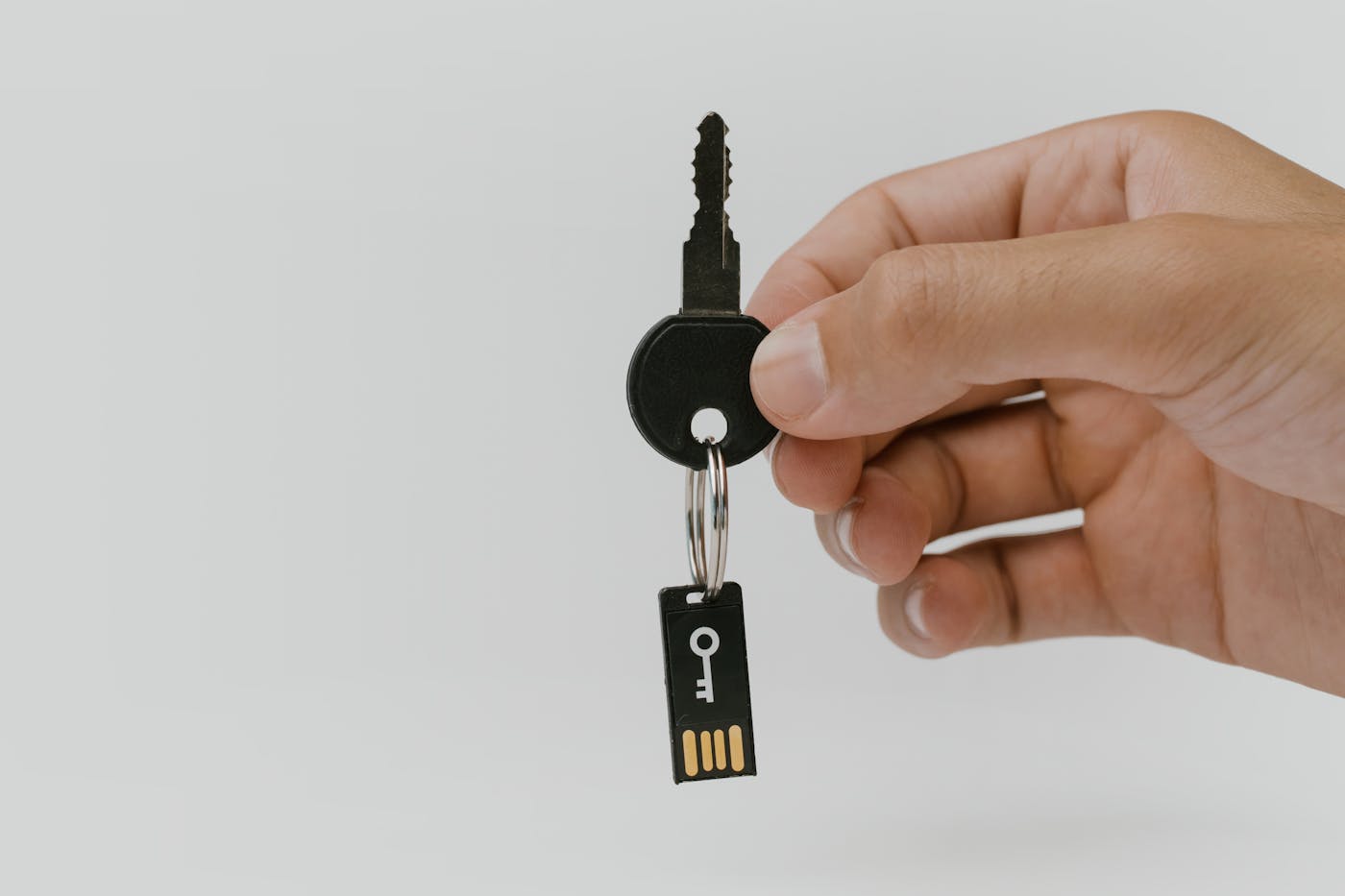How to Earn Money from Transcription Work
Transcription work remains one of the most accessible online income methods in 2025. It requires minimal upfront investment (a computer, headphones and internet), and it’s ideal for students, freelancers, stay-at-home professionals, or anyone seeking flexible remote work. This comprehensive guide explains what transcription is, the types of transcription, essential skills, the best platforms to find paid work, realistic earnings, productivity tools, quality standards, and how to scale transcription into a steady income or business. Transcription converts spoken language from audio or video files into written text. It's used in many sectors — podcasts, interviews, webinars, court proceedings, medical consultations, market research recordings, YouTube captions and more. Transcription suits people who: Transcription is beginner-friendly — you can start earning within days of signing up on platforms and practicing with sample projects. Create a quiet, distraction-free environment. Use Do Not Disturb, schedule focused working blocks, and maintain good ergonomics to avoid strain during long typing sessions. Practice daily on sites like 10FastFingers or TypingClub. Focus on accuracy first, then speed. Aim for 60+ WPM for higher earning potential. Training with varied accents and noisy audio improves comprehension. Use podcasts, interviews and lecture recordings as practice material. Learn transcription-specific formatting rules: speaker labels, timestamps, paragraph breaks, and punctuation for readability. Each client may have a different style guide. Fast research skills help verify spellings (names, technical terms). Keep browser tabs for quick lookup of uncommon proper nouns or acronyms. Start with entry-level platforms and progress to specialized or higher-paying marketplaces: Transcription is usually paid one of three ways: per audio minute, per hour of work, or per project. Understanding the metric is critical to estimate realistic earnings. Note: Speed matters — if you can transcribe 4 audio hours a day with high accuracy, your monthly income increases substantially compared to slower rates. Modern auto-transcription (AI-assisted) tools dramatically speed up the workflow. Use them as a first draft — but never skip manual proofreading. Popular tools: Workflow example: Upload audio to Otter → correct transcript in editor → export to Word/SRT → final proofreading and formatting → deliver to client. Specialized transcription pays more. Learn medical, legal, or technical terminology and target niche clients. Invest in short courses to understand domain vocabulary. Offer express delivery (e.g., 24-hour service) for a premium fee. Convert repeat buyers into monthly retainers — predictable income and less time spent on client acquisition. When demand grows, subcontract overflow work to vetted transcribers and charge a management fee. Some files contain sensitive or private information. Sign NDAs when required, use secure file transfer (e.g., Google Drive with restricted access), and delete local copies if the client requests it. For medical/legal transcription, follow compliance rules applicable in the client's country (e.g., HIPAA in the USA). Below are sample gig bundles you can offer on platforms like Fiverr or your own site: Adjust prices regionally and by complexity. Always present turnaround time and revision policy clearly. Case: A podcast producer needed weekly show transcripts (45 mins each) and captions for YouTube. The transcriber offered a package: transcript + cleaned captions + basic SEO-optimized blog post excerpt for ₹2,500 per episode. With 4 episodes/month, monthly revenue reached ₹10,000. After 6 months, with improved speed, the transcriber increased the price to ₹3,500/episode due to high quality and SEO value, hitting ₹14,000/month. Lesson: Adding value (captions, blog post snippets) raises your effective hourly rate and strengthens client retention. Difficulty: Easy to Moderate A1: No formal certification is required for general transcription. However, medical and legal transcription often require specific training or domain knowledge. Starting without certification is common; you can later specialize through courses. A2: For clear audio and an experienced transcriber, 1 audio hour can take 3–6 hours to transcribe and proofread thoroughly. Automated tools can shorten this to 1–2 hours total (including proofreading). A3: Auto-transcription tools are helpful for drafts. Always proofread; accuracy is your responsibility. For confidential files, check the tool’s privacy policy and consider manual transcription or an NDA. A4: Improve speed & accuracy, specialize in niches, offer bundled services (captions, blog excerpts), and secure retainer clients. Demonstrated quality and consistency justify higher rates. A5: Freelance marketplaces (Upwork, Freelancer) and specialized agencies (SpeechPad, GMR Transcription) often offer higher pay than micro-task platforms. Direct clients who value quality typically pay the best long-term rates.

📘 Introduction
🔎 What is Transcription?
Types of transcription
🧠 Who Should Do Transcription Work?

🛠️ Essential Tools & Setup
Hardware
Software
Workspace
📚 Skills & How to Improve Fast
Typing speed and accuracy
Active listening
Formatting & punctuation
Research & context
🌐 Where to Find Transcription Jobs (Platforms)
Beginner-friendly platforms
Higher-paying / specialized platforms
💰 How Transcription Pay Works — Realistic Rates
Common pay models
Sample realistic expectations (India INR conversions)
🚀 Step-by-Step: How to Start (First 30 Days)
🧩 Formatting & Quality Checklist (Always Follow)
🧾 Sample Workflow for a 30-Minute Audio File
Pro tip: 30-minute audio of normal conversation can take 90–150 minutes to transcribe accurately depending on clarity and research required.
⚙️ Using Auto-Transcription Tools — Smart Workflow
📈 How to Increase Rates & Scale
Specialize
Faster turnaround
Package & Retainer clients
Hire & manage a small team
🛡️ Avoiding Scams & Red Flags
🧾 Legal & Privacy Considerations
📦 Packages & Pricing Examples
🧩 Real-World Case Study (Example)
🧭 Advanced Tips — Stand Out as a Pro
📊 Summary & Quick Reference
Investment: Low (₹3,000–₹10,000 for decent setup)
Average part-time earnings: ₹8,000–₹25,000/month
Average full-time earnings: ₹35,000–₹90,000+/month
Specialist earnings (medical/legal): ₹80,000–₹2,00,000+/monthFrequently Asked Questions
Q1: Do I need certification to start transcription work?
Q2: How long does it take to transcribe one hour of audio?
Q3: Are auto-transcription tools safe to use?
Q4: How can I increase my transcription rates?
Q5: Which platforms pay best for transcription?